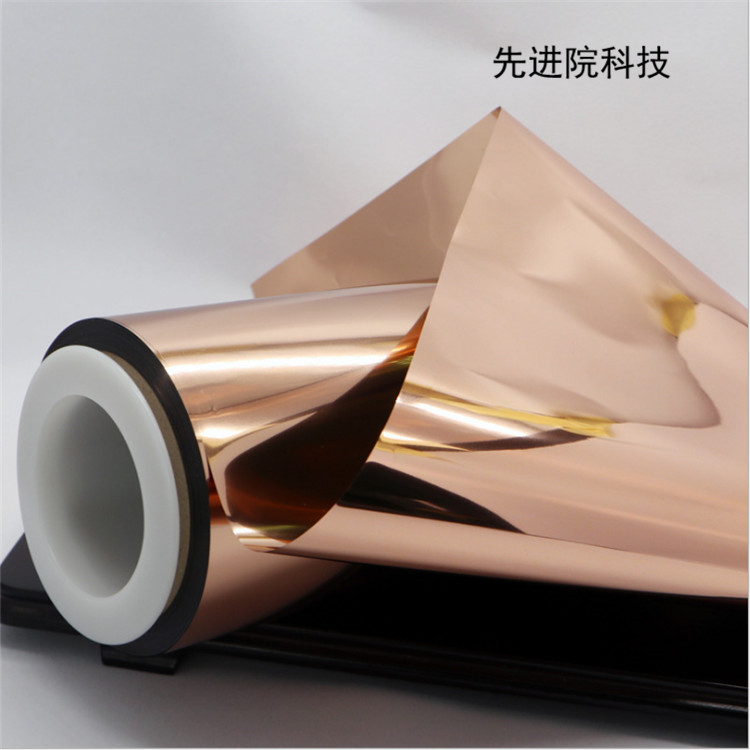

Hotline:0755-22277778
Tel:0755-22277778
Mobile:13826586185(Mr.Duan)
Fax:0755-22277776
E-mail:duanlian@xianjinyuan.cn
The original intention of this article was based on a "guidebook" I wrote for factory engineers. In theory, writing these things should be easy for someone who has been working for ten years. However, when I actually wrote them, I found that the originally planned outline was written into a lengthy and incomparable eight part essay.
When you finish writing 'EVM may deteriorate with the increase of IL in Front End', if the reader is an engineer with poor basic conceptual knowledge (many engineers in factories are like this), their first reaction is' what is EVM ', then' why is EVM related to IL ', and then' what other indicators is EVM related to '- this is endless.
So my plan here is to list some common concepts and stimulate further discussion, and then see how they work.
1. Rx Sensitivity
Receiver sensitivity, which should be one of the most fundamental concepts, characterizes the minimum signal strength that a receiver can recognize without exceeding a certain bit error rate. The term "bit error rate" used here is a general term based on the definition of the CS (circuit switched) era. In most cases, BER (bit error rate) or PER (packet error rate) is used to evaluate sensitivity. In the LTE era, throughput is simply used to define it - because LTE does not have a circuit switched voice channel, but this is also a real evolution, because for the first time, we no longer use "standardized alternatives" such as 12.2kbps RMC (reference measurement channel, which actually represents the rate of 12.2kbps speech coding) to measure sensitivity, but define it based on the throughput that users can truly feel.

2. SNR (Signal to Noise Ratio)
When talking about sensitivity, we often associate it with SNR (signal-to-noise ratio, usually referring to the demodulation signal-to-noise ratio of the receiver). We define the demodulation signal-to-noise ratio as the threshold of the signal-to-noise ratio that the demodulator can demodulate without exceeding a certain error rate (during interviews, someone often asks you a question with a string of NF and Gain, and then tells you to deduce the sensitivity for the demodulation threshold). So where do S and N come from?
S stands for Signal, or useful signal; N stands for noise, which refers to all signals without useful information. Useful signals are usually emitted by communication system transmitters, and the sources of noise are very diverse, the most typical of which is the famous -174dBm/Hz - natural noise floor. It should be remembered that it is a quantity that is independent of the type of communication system, and in a sense, it is calculated from thermodynamics (so it is related to temperature); Additionally, it should be noted that it is actually a noise power density (hence the dimension dBm/Hz). The bandwidth of the signal we receive determines the amount of noise we receive - hence the final noise power is obtained by integrating the noise power density with the bandwidth.
3. TxPower (transmission power)
The importance of transmission power lies in the fact that the signal from the transmitter needs to undergo spatial fading before reaching the receiver. Therefore, higher transmission power means longer communication distance.
So should we pay attention to SNR for our transmission signal? For example, if the SNR of our transmission signal is very poor, is the SNR of the signal arriving at the receiver also very poor?
This involves the concept we just discussed, the natural noise floor. We assume that spatial fading has the same effect on both signals and noise (in fact, signals can be encoded to resist fading but noise cannot), and it acts like an attenuator. So, we assume that spatial fading is -200dB, the transmitted signal bandwidth is 1Hz, the power is 50dBm, the signal-to-noise ratio is 50dB, and what is the SNR of the received signal at the receiver?
The power of the signal received by the receiver is 50-200=-150Bm (bandwidth 1Hz), while the noise of the transmitter is 50-50=0dBm. Through spatial fading, the power reaching the receiver is 0-200=-200dBm (bandwidth 1Hz)? At this point, this part of the noise has already been "submerged" below the natural noise floor of -174dBm/Hz. To calculate the noise at the receiver inlet, we only need to consider the "basic components" of -174dBm/Hz.
This is applicable in the vast majority of communication systems.


Advanced Institute (Shenzhen) Technology Co., Ltd, © two thousand and twenty-onewww.leird.cn. All rights reservedGuangdong ICP No. 2021051947-1 © two thousand and twenty-onewww.xianjinyuan.cn. All rights reservedGuangdong ICP No. 2021051947-2